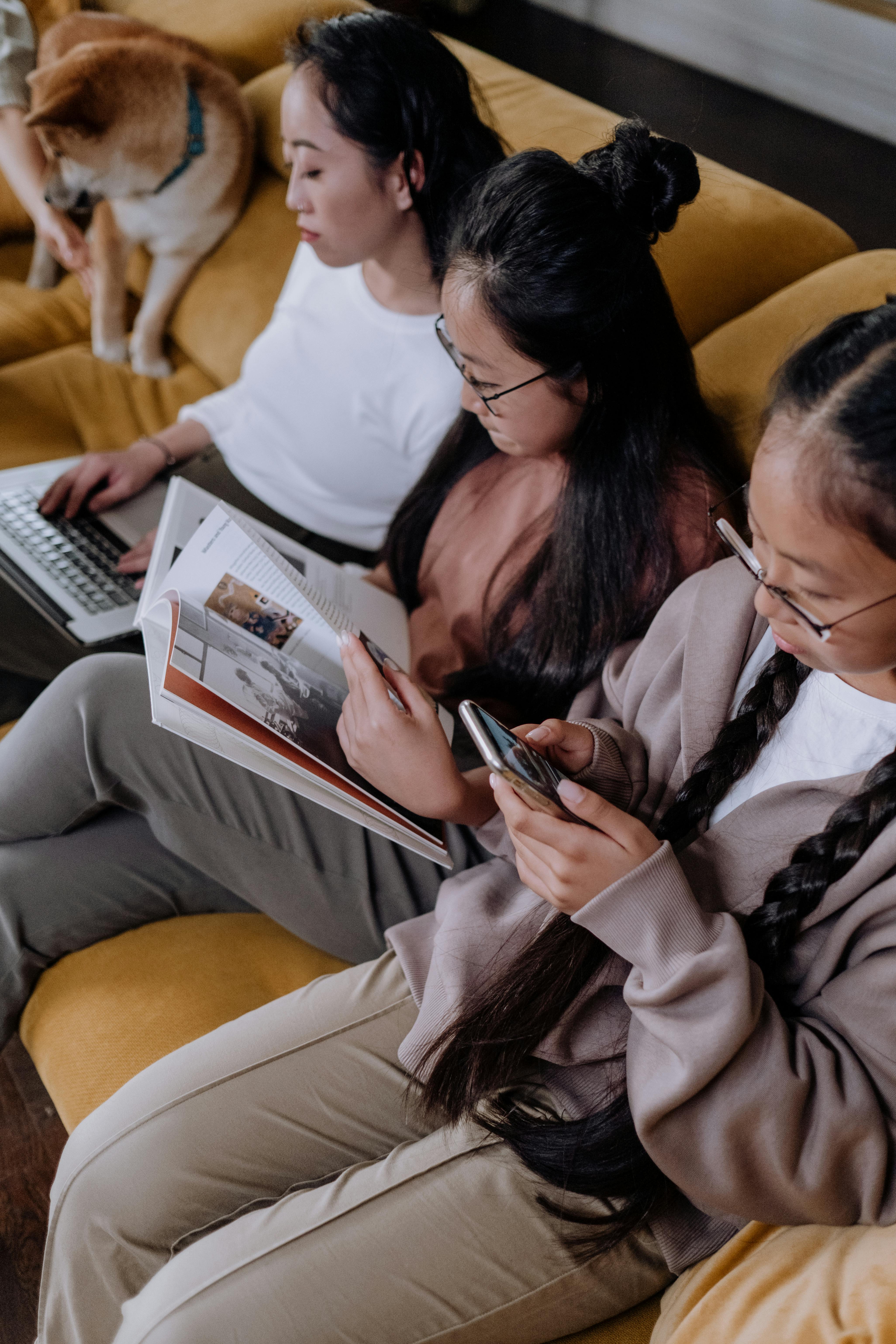Asian weddings https://hbr.org/2020/03/whats-really-holding-women-back are a massive, vibrant feast that can last for up to one week and is brimming with significance, culture, music, meals, and joy. Our helpful link will explain the many different facets of an Eastern ceremony, whether you are planning your own ceremony or simply want to learn more about the ceremonies and rites that make them so unique.
Chuang Au
Although it is not as common in modern times, the preparation of the matrimonial bed (Chuang Au) is an important Chinese wedding tradition dating indian women. The bed is dressed in new red color beddings and pillows with a mix of dried longans, persimmons, and red dates which symbolize sweet love, fertility and well wishes for the couple. The bed is left decorated and with the lamps on for a minimum of three days before the wedding.

In traditional Chinese weddings, the bride and groom also participate in a tea ceremony to show their appreciation for their parents ‘ love, support, and efforts in raising them. Typically, this is carried out at the bride and couple’s residences separately or in a one spot after the bridal service. The few serves their relatives chai, which is typically served with two lotus seeds or crimson timings in each bowl.
The home-going meeting, also known as Vidaai or Rukshat, is another custom that is frequently observed at an Asiatic bride. A mangalsutra, a gold and black collar that represents eternal defense and unites the pair as one, will be given by the groom to his bride. The bride will then depart from her parents ‘ home and move in with her husband’s family.
